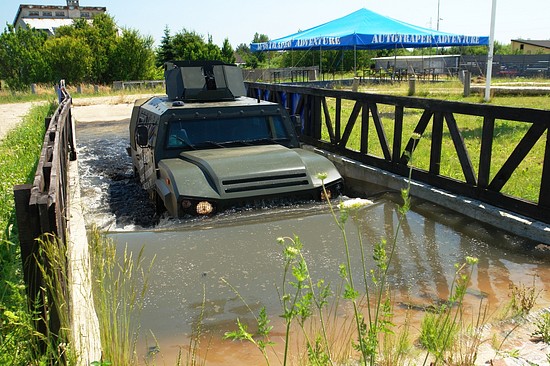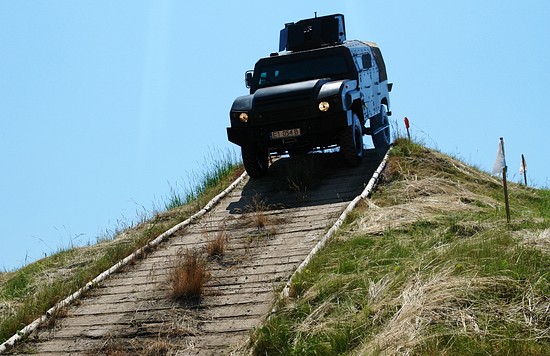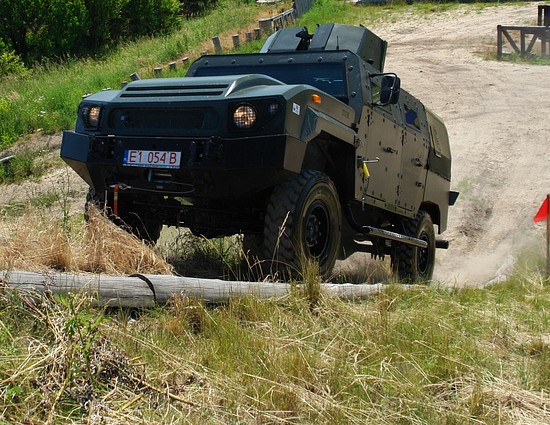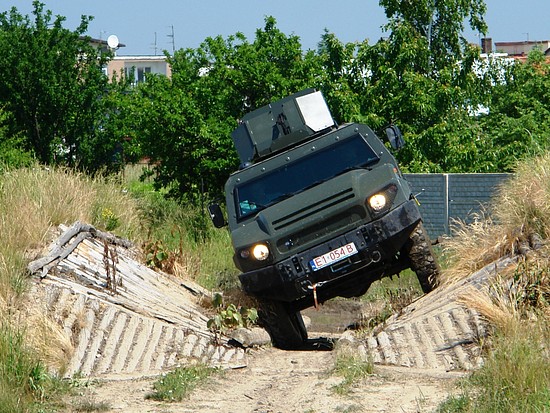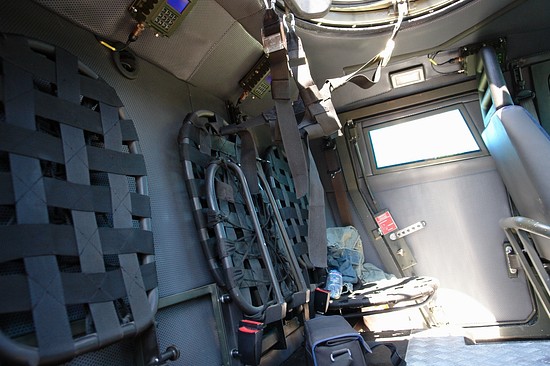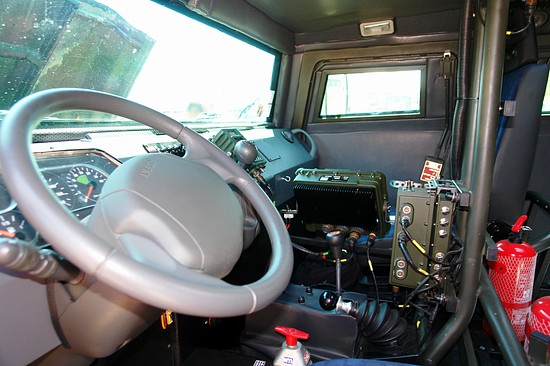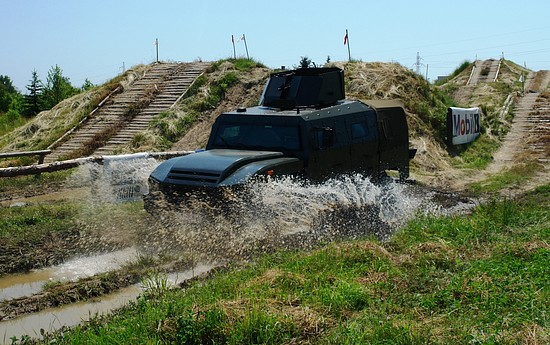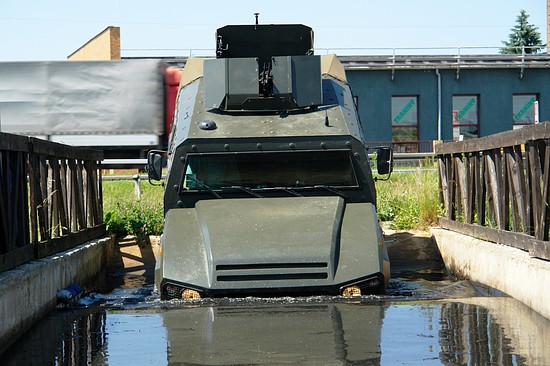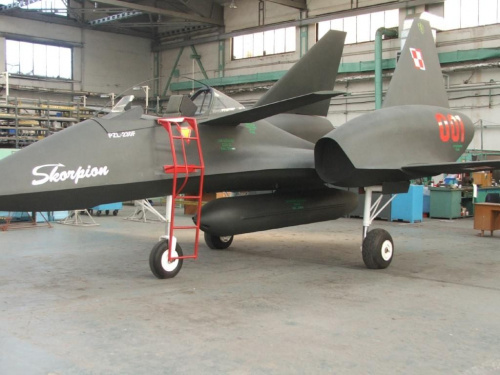Inspired by godofthunder thread "Who Can REALLY Make the Gear" I’ve decided to show you some of Polish designs that never entered service.
1. PT-94 Gorilla MBT
The PT-94 Goryl (Gorilla) was a project of a Polish main battle tank designed using experience gained on PT-91 project.
The tank would be similar in its design to Merkava.
General characteristics:
Crew: 3 (commander, driver, gunner)
Weight ~50 tonnes
Armour - composite + ERA
Main armament - 120/125mm gun, 60mm mortar
Secondary armament - 7.62mm coaxial machine gun,
12.7mm NSWT AA machine gun
Power plant - diesel
Suspension - torsion bar
Road speed ~70 km/h
2. BWP-2000 (IFV)
General characteristics:
Crew: 3 (commander, driver, gunner) + 8
Weight ~30 tonnes
Armour - composite
Main armament - 60mm gun
Secondary armament - 7.62mm coaxial machine gun,
12.7mm NSWT AA machine gun
Power plant - diesel
Suspension - torsion bar
Road speed - 70 km/h
Operational range - 500km
3.PZL-230 Skorpion
PZL-230 Skorpion is the name of the cancelled military project of a Polish Air Force attack aircraft.
The project was started in late 1980s by the PZL (Polish State Aviation Works) and cancelled in 1994 due to lack of funds.
Skorpion would have had twin jet engines, a fuselage afterbody blending into the wing, and small canards behind the cockpit.
PZL-230F (miniaturised mockup)
PZL-230 Skorpion, first version
History:
The project was developed by a team under Andrzej Frydrychewicz at PZL Okęcie, analyzing the experiences of modern wars (Vietnam War, Soviet war in Afghanistan) and capitalizing on their experiences with some other recent Polish designs like PZL-130 Orlik. Among the desired capabilities were the Short Take-Off and Landing (STOL), manoeuverable but armored, cheap, easy to build and modify (due to modular design). The early design incorporated a single pilot, twin jet engine canard-type construction, with engines on the top side (like in the famous A-10 Thunderbolt II), an ability to take off and land on a runway of about 250 m length, carry 2000 kg of munitions, travel at speeds up to 640 km/h, armed with 25 mm cannon and able to carry both NATO and Warsaw Pact munitions. Composites, fly-by-wire and other advanced avionics were to be used as well.
In 1990 the design was changed, as Polish Ministry of Defense demanded a top speed of 1000 km/h and ability to carry 4000 kg of equipment. The redesigned Skorpion became a heavier plane, and the engines were moved into the central body.
The changes extended the required runway length to 400 m. The new design was also flatter, thus acquiring some stealth aircraft capabilities.
This version was known as 230F. A model of the F version was constructed in 1992.
Later variants were named D, and included a DT training variant and DB combat variant. In 1993 the project was affirmed by the airforce, but due to budget cuts it was cancelled in 1994.
Some reviews and evaluations indicated that according to the specifications PZL-230 could become one of the most efficient of the contemporary attack planes and many argued that PZL-230 could become an export hit. Today, PZL-230 project is remembered as one of the most ingenious post-WWII Polish airplane projects.
General characteristics:
PZL-230F:
Wingspan - 9 m
Length - 9.30 m
Height - 4.8m
Maximum speed - 1000 km/h (Mach 0.85),
Service ceiling - 10 000 m
Wing area - 25.40 m2
Empty weight - ?
Total weight - 10 000 kg (4000 kg of munitions)
Rate of climb - ?
Range: 300 km
Runaway needed: 400 m
PZL-230D
Wingspan - 10 m
Length - 12.10 m
Height - 4.20 m
Maximum speed - 1000 km/h (Mach 0.85),
Service ceiling - 12 000 m
Wing area - 25.40 m2
Total weight - 10 000 kg (4000 kg of munitions)
Rate of climb - 90 m/s
Range: 300 km
Runaway needed: 300 m
That's not all.....
































































